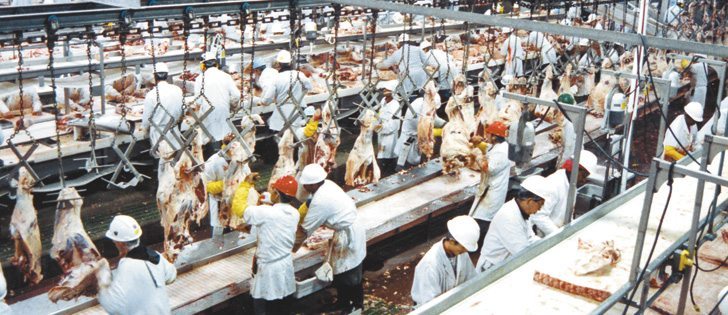A calculating error cut prairie durum growers off from one of their most important export markets for a month.
That error has now been corrected and durum is once again able to move freely into European markets, including Italy.
Canadian grain industry officials were taken aback in September when the European Union suddenly imposed a $25 a tonne tariff on durum imports.
The tariff was triggered as the result of a calculation carried out by the EU every two weeks to determine the value of North American durum landed in Europe.
Read Also

Fendt takes a combine on the road in the U.S.
Putting an Ideal combine in fields across different regions has given the brand a chance to prove that the combine is capable of performing well in a variety of conditions.
The calculation takes into consideration the value of durum in Duluth, Minnesota, and the freight cost to
Europe.
A tariff is implemented to cover the difference if that landed value is below a certain level. Separate calculations are carried out for low, medium and high quality durum.
CWB market analyst Antoine Coudiere said the board and government officials raised questions about the calculation with their counterparts at EU headquarters in Brussels who do the calculation.
It turned out the EU was plugging in the wrong number for freight.
“They had been using the wrong freight rate for quite a long time, but there had been no impact so nobody said anything,” Coudiere said.
“It wasn’t triggering a duty so nobody noticed.”
In September, when durum prices dropped, the too-low freight rate resulted in the imposition of the tariff. At that point everybody started trying to figure out what had happened and identified the problem with the freight rate.
Coudiere said the EU recognized the error and acted promptly to correct the situation.
“It’s a great story because they could have said, ‘OK, it’s wrong,’ and then taken their time to correct it, but they moved quickly due to pressure from their own importers and the Canadian side,” he said.
The wheat board sells durum to a number of EU customers, but Italy is the biggest market, importing 480,000 tonnes last year.
Exports to Italy have averaged 400,000 tonnes over the past 10 years, ranging from a high of 740,000 to a low of 56,000 and placing it among Canada’s top five customers most years.
Sales vary depending on the size and quality of the domestic Italian and EU durum crops.
When the EU put the tariff in place, wheat board officials said it would block sales to all EU markets.
CWB chief executive officer Ian White said removal of the tariff is good news for durum growers.
“Although the removal of a tariff into one market is not enough to brighten the overall situation for western Canadian durum producers, it is an important issue,” he said.
Good news is hard to come by for durum growers this year because increased world supplies, including Canada and the United States, and weak global demand have combined to drive down 2009-10 price prospects.
The latest Pool Return Outlook for top quality durum is $216 a tonne, basis export position, down 41 percent from last year.














